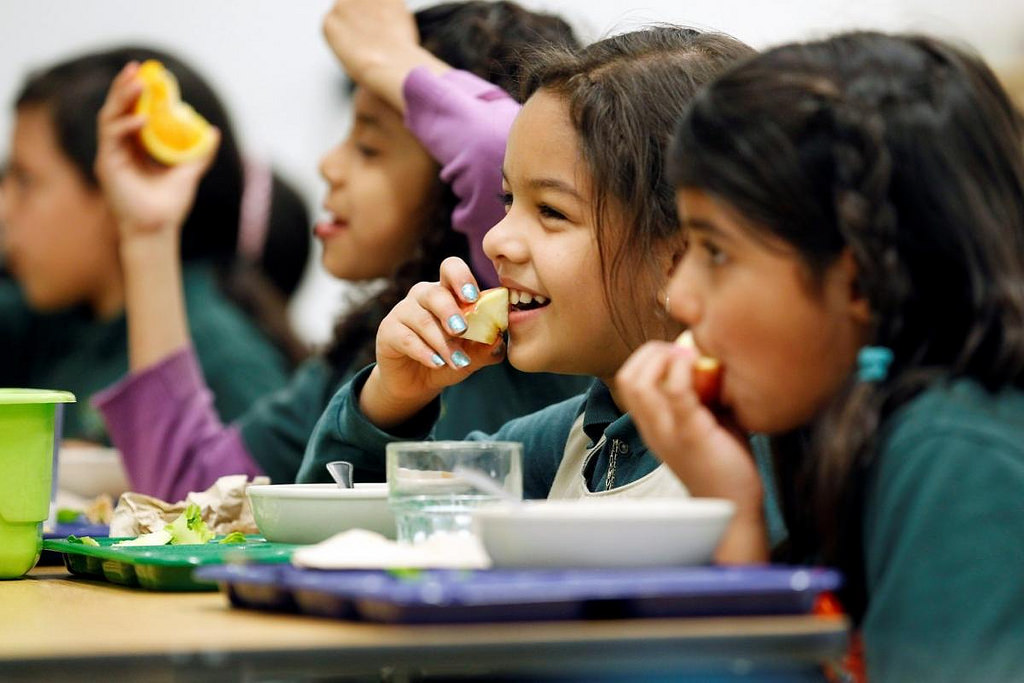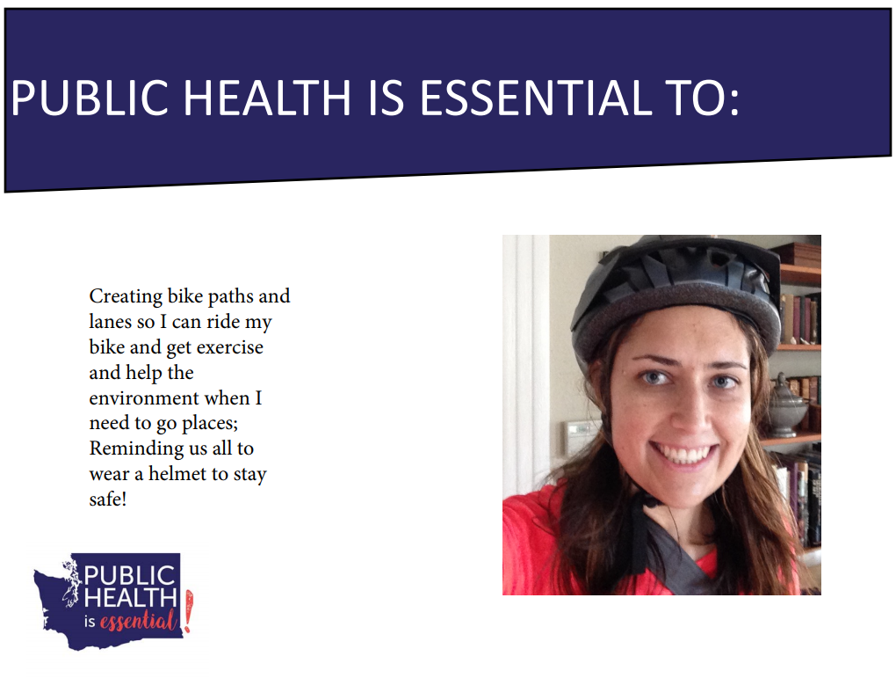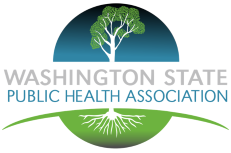Summer Break with or without HungerBy: Debra French, RDN, CD 
Schools out and its summer break, for many a time for relaxation, vacations, fun and some sunshine but for some, it’s a bit more stressful. Millions of children who rely on free and reduced-priced school breakfast and lunch during the school year, lose access to those meals when summer break begins. The federal government provides funding for the Summer Food Service Program (SFSP) and the Seamless Summer Option (SSO) both are key to bringing nutritious meals and snacks to children during the summer months. The SFSP was established through U. S. Department of Agriculture (USDA) to ensure children continue to receive nutritious meals when school is not in session. It offers funding for nutritious meals to be served to every child 18 years and younger. It is a federally-funded, state-administered program. The SFSP provides meal reimbursement to providers or sponsors who serve free, healthy meals to children and teens in low-income areas during the summer. How does it work? There are three main players, the state agency, which in Washington is the Office of the Superintendent of Public Instruction (OSPI), the sponsors, who are organizations, schools, camps, and local governments that have the ability to manage a food service program, and the sites. The sites, are the places in the community where children actually receive meals in a safe and supervised environment like schools, parks, libraries, migrant centers, churches, etc. Nationally 15 for every 100 students who are served a free lunch at school during the school year participates in the summer meals program. That brings to mind the following questions: “What about the other 85 children?” “What are they eating or are they eating at all?” According to the June 2017 FRAC Report, “Hunger Doesn’t Take a Vacation: Summer Nutrition Status Report”, http://www.frac.org/wp-content/uploads/2017-summer-nutrition-report-1.pdf, Washington State had a 23.3% decline from 2015 to 2016 in summer meal participation. That means in Washington, only 11 in every 100 student who eats a free lunch at school during the school year, eats a summer meal. How do we meet the needs of hungry kids in Washington? 1. We can spread the word about summer meals Consider promoting the summer meals program in your community with flyers, websites, posters and other communications for families to find a site near them. Families can search the internet using “Summer Meals Rocks” which will take them to the USDA site: http://www.fns.usda.gov/summerfoodrocks. This site also contains numerous resources and ready to use tools for you and other leaders to market summer meals. If access to a computer is limited, families can call: 1-866-EAT-MEAL (1-866-328-6325) for the Summer Meals Locator. Volunteering is another great way to offer support. The Washington State Dairy Council has been proud to support Summer Meals by volunteering and partnering with other organizations, coalitions and agencies to increase awareness and participation. Sites can always use volunteers to bring education and physical activities for the children and their families. Our coalitions have provided large plastic banners for sponsors to publicize “Eat Here Free This Summer” at meal sites along with creating radio and television PSA’s promoting “Summer Meals Rock.” 2. We can help make sites fun Activities combined with healthy, federally funded meals provide the basics for meeting children’s needs to keep them learning and well-nourished so they are better prepared to return to the classroom in the fall. Activities attract and keep students coming back for fun, friends and for food. 3. We can help bring kids to the sites Why is the participation down? One of the primary reasons is the limited number of sites available to low income children. For ideas for getting started, reach out to our state agency, OSPI and learn more about becoming a sponsor or site for this program. Go to the OSPI website for contact information and a meal site locator where you just enter a zip code to find the closest site in your area. All this and more at: http://www.k12.wa.us/ChildNutrition/programs/SummerPrograms/default.aspx There are so many more ways we can fight hunger in Washington State and supporting Summer Meals participation is an easy one. Let’s keep our kids well fed this summer and encourage families to take advantage of this wonderful program called Summer Foods. Maybe together we can grow the average number of summer meals consumed from 37,530 per day to 50,000. Summer Meals Rock! Past blogsAdverse Childhood Experiences and Public HealthBy Amy Person, MD, Director, WSPHA Board of Directors
Behavioral health disorders are common – but what role can public health play? One in eight adults in Washington State reports poor mental health and one in three Washington 10th graders reports depressive feelings. We cannot achieve the highest health potential for individuals, families or communities without including behavioral health as a public health priority. Applying the public health model to behavioral health can also shift the focus to include primary prevention as well as improving access to treatment. Read more.
Celebrating National Public Health Week  April 1, 2018 Public health is essential to building a healthier Washington and stands on foundational public health services like chronic disease and injury prevention, maternal and child family health, access to clinical care, environmental public health, vital records, and communicable disease control. Although Public health week has already passed, there are still plenty of ways to get involved and advocate for a healthy community. Read more. Legislative Education Day: What Comes Next? By Heather Thomas, MPA, Public & Government Affairs Manager, Snohomish Health District 
On February 7, more than 150 public health ambassadors from around the state gathered in Olympia for our annual WSPHA Legislative Education Day. The morning session kicked off with a welcome from WSPHA president David Reyes, followed by remarks from Secretary of Health John Wiesman. Secretary Wiesman shared his perspectives on a variety of public health issues at the state and federal level. Read more
Legislative Education Day
By Anne Burkland, Government Relations Specialist, Public Health Seattle and King County

February 1, 2018
Join public health officials from across the state and have your voice heard at our annual legislative education day on February 7, 2018.Your day will begin with Secretary of Health John Wiesman. You’ll also hear from state lawmakers and your colleagues who are leading the charge for more funding dedicated to public health. You’ll be provided talking points and an opportunity to develop and practice the key messages you want your representatives to hear. Read more
The Opioid Epidemic in Washington
The opioid epidemic has impacted every community in Washington State. Across the country, opioid overdose is now the leading cause of accidental death. But some counties are hit harder than others and disparities exist between how racial and ethnic groups are burdened with the epidemic. Solutions must be both based in local communities and supported across the state. Our Washington state opioid response plan calls on all of us, state government agencies, local health departments, professional groups, community organizations, health care systems, and others to work together on priority areas. Read more |



